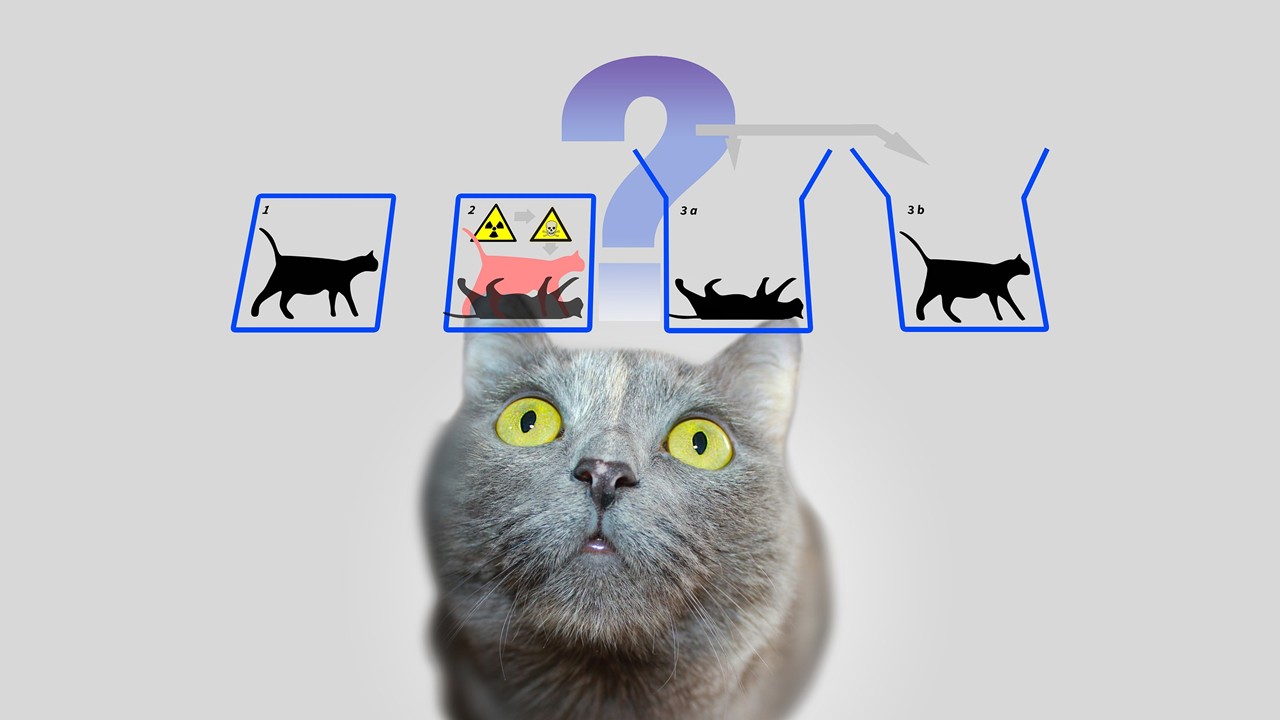
What Nobel Committee Said
It is wonderful to be able to celebrate the way that century-old quantum mechanics continually offers new surprises. Quantum mechanics is the foundation of all digital technology.
 |
| Nobel For Macroscopic Quantum Object |
Reaction of Nobel Laureates
Their experiments revealed that the strange laws of quantum physics apply not only at the atomic scale, but in systems big enough to see and touch.
What the winners discovered
How Nobel winners are selected
 |
| Alfred Nobel and Nobel Prize |



















 Physics, astronomy and science history blog for students
Physics, astronomy and science history blog for students